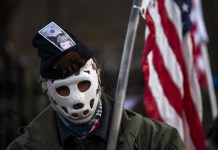A picture is worth a thousand words. Sometimes, one picture can achieve what months of ground reporting from a war zone can not. However, what is left unsaid in this proverb is whether those 1,000 words are stating the truth or creating a false narrative.
In the annals of photojournalism, there have been many such iconic pictures that have changed the way we see the war and the world around us.
Think of ‘The Burning Monk.’ An iconic image from 1963 by Michael Browne, depicting an act of self-immolation by a Vietnamese monk, an act of extreme protest against the US-backed Vietnamese government.
The monk, self-immolating himself in total calm, created a powerful image that is shocking and arresting in equal measure, and it brought worldwide attention to the Vietnamese war.
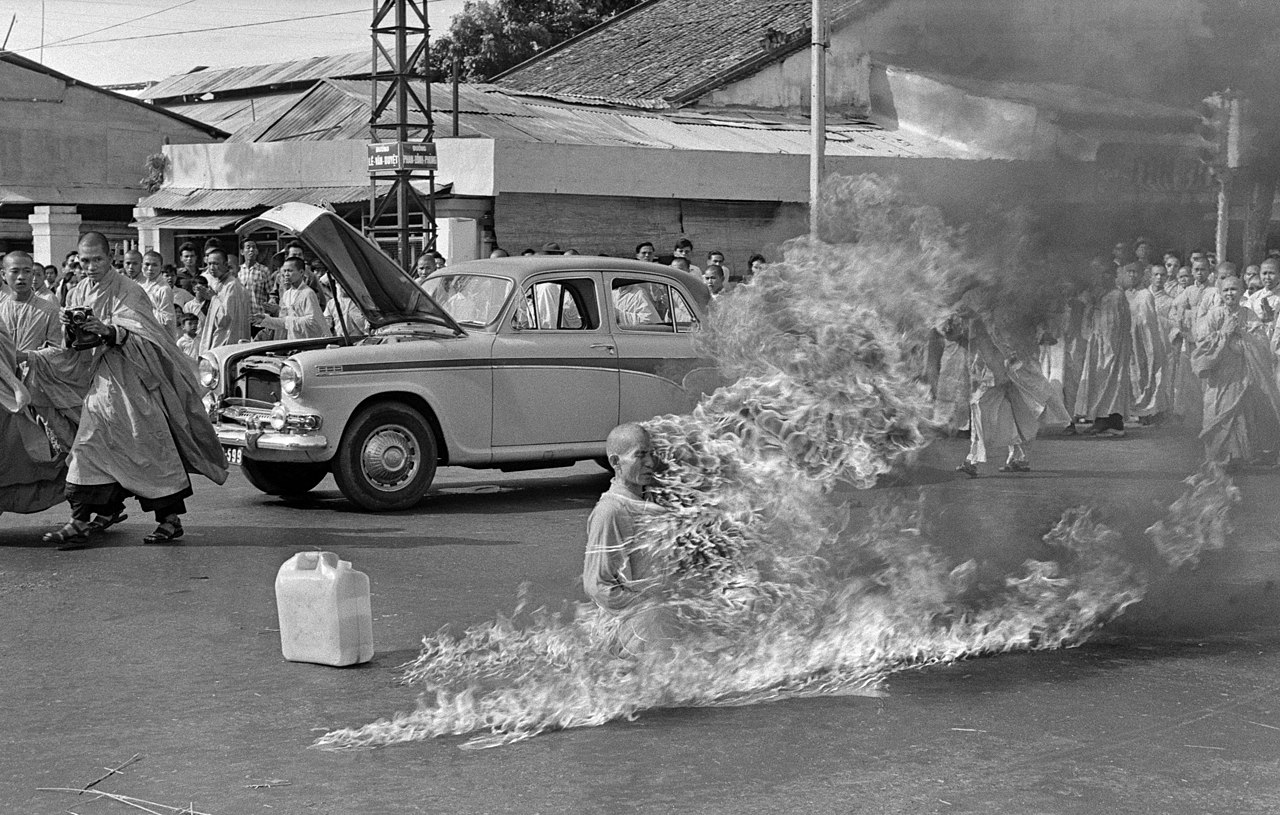
Nearly a decade later, there was another image, ‘The Terror of War,’ which laid bare the atrocities and violence committed by US troops in the Vietnam War. The image showed a group of Vietnamese children, non-combatants and unrelated to war, running away from a napalm strike. In the centre stood a nine-year-old crying girl, with no clothes on her body.
The image captured the indescribable suffering that Vietnamese civilians, even children, had to bear due to the US war. What confronted the North American audience was the fact that US troops had caused the napalm strike. The image fueled the anti-war movement in the US.
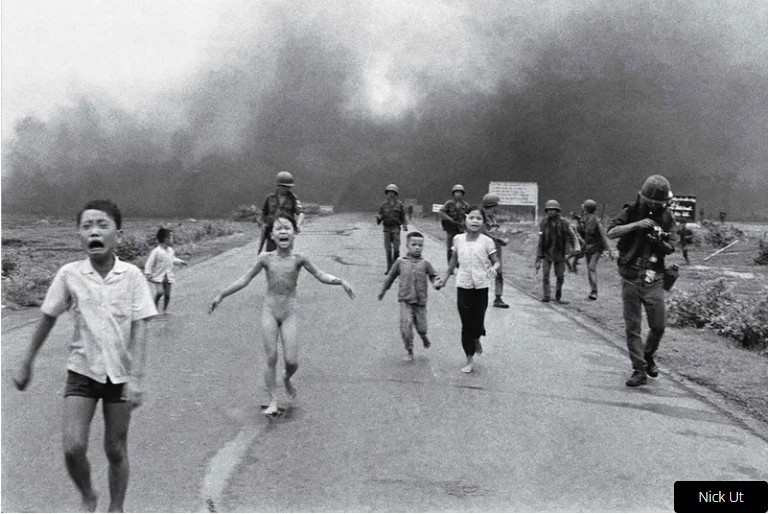
Perhaps one of the most iconic images in the history of photojournalism, shocking, moving, and controversial in equal measure, is the ‘Vulture and the Little Girl,’ by the South African photojournalist Kevin Carter, that depicted the utter devastation of the Sudanese famine in 1993.
A heartbreaking image of a starving Sudanese child trying to reach a feeding center as a vulture watches.
The image was published in the New York Times and won Carter the prestigious Pulitzer award. However, the experience also took a heavy toll on Carter’s mental health, and within a year, he committed suicide.
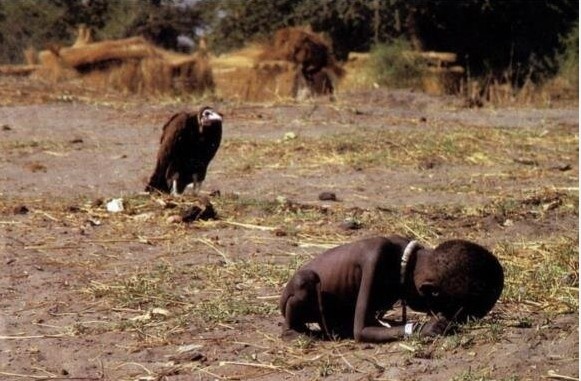
In recent memory, the death of Alan Kurdi, a three-year-old Syrian boy, who lay motionless and face down on a Turkish beach, brought worldwide attention to the plight of Syrian refugees, trying to escape the never-ending Syrian civil war, risking their lives and families on the treacherous Mediterranean sea waves.
According to a study published in the Proceedings of the National Academy of Sciences (PNAS), a peer-reviewed journal of the National Academy of Sciences (NAS), in the week after the shocking image of Alan Kurdi was published, the worldwide donations for Syrian refugees skyrocketed.
The number of average daily donations to the Swedish Red Cross campaign for Syrian refugees, for instance, was 55 times greater in the week after the photo (around US$214,300) than the week before (US$3,850).
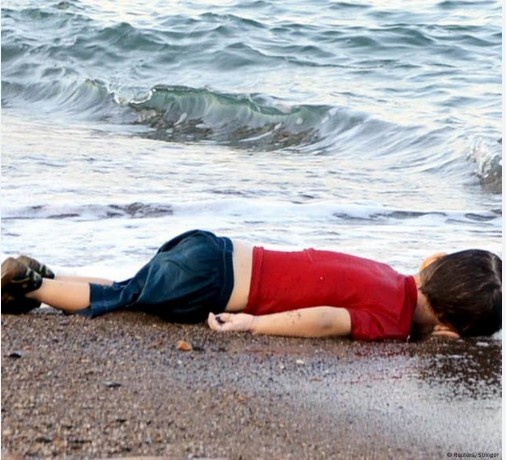
However, these powerful images could also be manipulated or selectively framed to push a particular agenda.
The world witnessed a similar moment this week.
The Powerful Image Of A Starving Gaza Child
Earlier this week, the pictures of an emancipated Palestinian boy, Muhammad Zakariya Ayyoub al-Matouq, were widely published all over the world. From the New York Times to BBC, CNN to Politico, the haunting images of Muhammad Zakariya were plastered across the homepages of major media outlets.
Muhammad Zakariya’s images became the face of an unfolding manmade tragedy and a devastating allegation that Israel was deliberately starving children in Gaza.

Suddenly, even Israel’s unremitting Prime Minister Benjamin Netanyahu found himself under tremendous pressure. Under attack from all quarters, Netanyahu quickly retreated and allowed international aid to flow in.
The images of starving children were too much to ignore, even for Netanyahu. Now, it turns out that the image concealed more than it revealed.
Thousand Lies Of A Gaza Image
According to British investigative journalist David Collier, Mohammed suffers from cerebral palsy. Collier even recovered a local charity’s May 2025 report mentioning the child’s condition.
CNN, in one of its broadcasts, mentioned that Mohammed suffers from a “muscle disorder.” However, in later reports, CNN also skipped this crucial detail.
All students and future journalists study the art of ‘framing’ in media schools. A media outlet’s ideological positions are revealed not only by what they publish, but also by what they decide not to publish.
In this case, while the image of Mohammed, his bones and ribs protruding from his frail body structure, made it to all media houses, another picture of Mohammed with his elder brother and mother did not make it to any publication.
Writing for the Wall Street Journal, Israeli journalist Eitan Fischberger suggests that the reason everyone ignored the second image was that in that image, both Mohammed’s mother and brother are looking healthy. Hence, that image would not have supported the narrative of an impending starvation in Gaza.
Meanwhile, the NYT has since issued a clarification.
“Children in Gaza are malnourished and starving, as New York Times reporters and others have documented. We recently ran a story about Gaza’s most vulnerable civilians, including Mohammed Zakaria al-Mutawaq, who is about 18 months old and suffers from severe malnutrition. We have since learned new information, including from the hospital that treated him and his medical records, and have updated our story to add context about his pre-existing health problems.”

“This additional detail gives readers a greater understanding of his situation. Our reporters and photographers continue to report from Gaza, bravely, sensitively, and at personal risk, so that readers can see firsthand the consequences of the war,” the statement published on 30th July 2025 reads.
In a subsequent post, the NYT attached the article in question and said that the publication has added an editor’s note below the article headlined: “Gazans Are Dying of Starvation.”
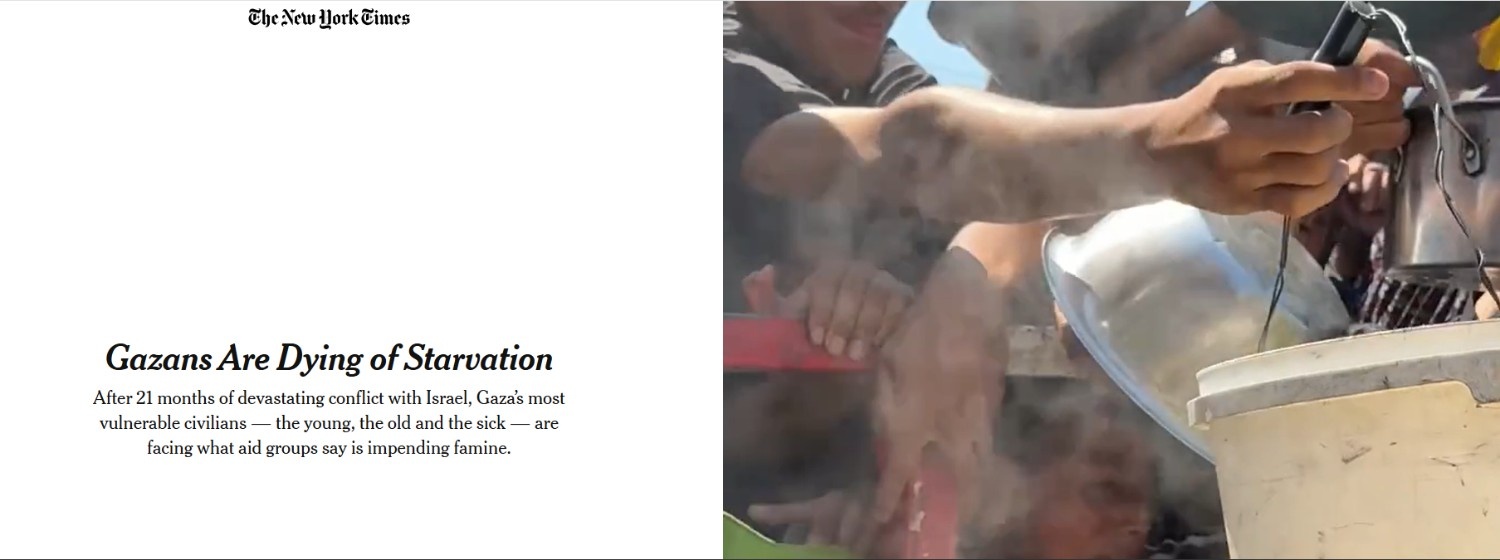
However, there is just one minor issue. While the image of Mohammed with the headline of ‘starvation’ made it to the front page of the NYT, the subsequent clarification was issued on Twitter and the digital page.
Mohammed’s mother herself revealed that Mohammed suffers from a rare muscle disorder. She added that her son receives specialised nutrition and physical therapy for his condition.
Still, media houses worldwide ran with the story.
COGAT, the Israeli military unit that coordinates humanitarian aid to Gaza, recently tweeted about another viral photo of a different child from Gaza, Osama al-Raqab. In that case, it was also alleged that Osama was suffering from starvation.
Cogat claims that the child suffers from cystic fibrosis. His mother also revealed this to the Associated Press. On June 12, the boy was airlifted to Italy by Israel so that he could receive treatment.
“Tragic images rightfully stir strong emotions,” the Cogat post said. “But when they ‘re misused to fuel hatred and lies, they do more harm than good.”
None of this is to say that there is no suffering in Gaza. Indeed, the tremendous suffering in Gaza can not be described in words or even through pictures.
However, that suffering is no excuse for journalists or media houses to do a lousy job and present a false or misleading image. In such polarised times, there is an even greater need to communicate context accurately.
“The world sees a photo of a suffering child, assumes what the news editor wants them to assume, and then shares it without asking questions. The context is stripped away.
“There is real suffering in Gaza. But when that suffering is exploited for propaganda… who pays the price,” Fischberger asks in his article.
- Sumit Ahlawat has over a decade of experience in news media. He has worked with Press Trust of India, Times Now, Zee News, Economic Times, and Microsoft News. He holds a Master’s Degree in International Media and Modern History from the University of Sheffield, UK.
- VIEWS PERSONAL OF THE AUTHOR.
- He can be reached at ahlawat.sumit85 (at) gmail.com


